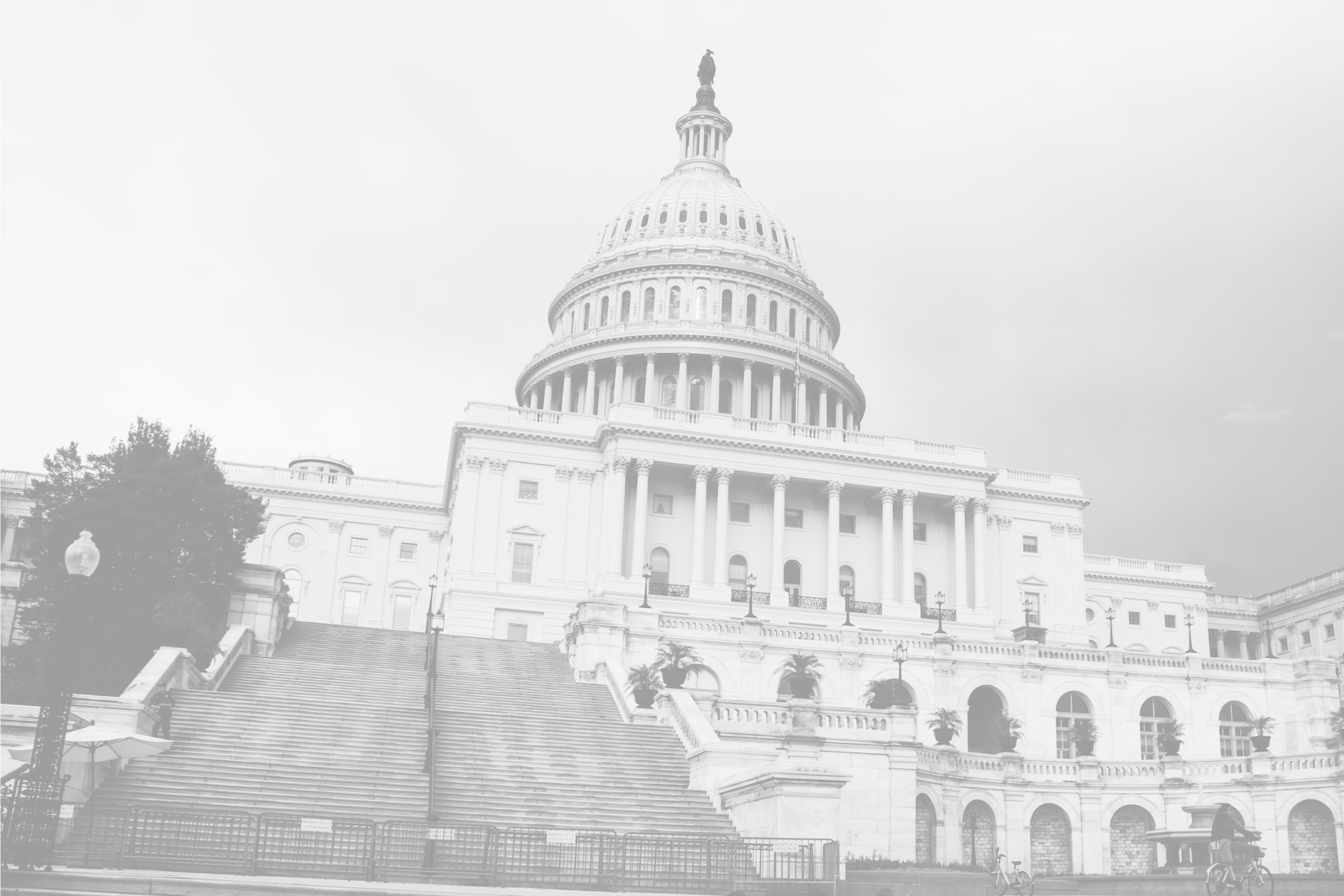Fresh off the high of their recent victory in obtaining permanent funding for the 9/11 Victim Compensation Fund, 9/11 first-responders faced a different threat. On September 4th of this year, Department of Health and Human Services Secretary Alex Azar informed Congress in a letter that the number of available slots in the World Trade Center Health Program was nearing capacity and would be exhausted by late 2020. The law, passed in 2015, limited enrollment in the program to 25,000 9/11 first responders and 25,000 9/11 survivors, and compelled the Secretary to inform Congress when signups for either category reached 20,000. To avoid having to turn away applicants, both houses of Congress passed a spending bill that increased the number of slots to 75,000, which President Trump signed on September 27.
Read on for more information about the World Trade Center Health Program and Congress’s efforts to increase its applicant cap. For further questions, please contact a World Trade Center lawyer.
What Is the World Trade Center Health Program?
The World Trade Center Health Program was established in 2011 to provide medical monitoring and treatment for first responders, cleanup workers, volunteers, and other survivors of the 9/11 terrorist attacks. The program provides these benefits free of charge to all enrolled members so long as they use healthcare providers and pharmacies approved by the WTC Health Program. Individuals who are eligible to enroll in the program are:
- Active or retired FDNY responders
- Active or retired NYPD officers or Port Authority police officers
- New York City general responders (rescue, recovery, cleanup, and support workers, etc.)
- New York City survivors (individuals who lived, worked, or attended school in the NYC Disaster Area)
- Pentagon/Shanksville Responders (rescue, recovery, cleanup, and support workers at the Pentagon and in Shanksville, PA)
Each of these categories of individuals is required to submit proof that they were present at the site during a certain date range and for a certain amount of time. For example, FDNY applicants must have been present for at least four hours at a WTC site between September 11, 2001, and July 31, 2002. To support their application, responders of all groups must present proof of (1) the type of work they performed, (2) the dress of the work location, (3) the time period they worked at each location, and (4) how many hours per day they worked at each location. Survivors must show (1) the address of the home, workplace, or school, and (2) proof of their presence in the dust on September 11, 2011.
Congress’ Response
In a joint statement, several members of Congress emphasized that the enrollment cap is merely a technical issue that can easily be fixed. They also added that they built in the notice requirement for when the program reaches 80% of its capacity so that Congress would have plenty of time to act to raise the cap. On September 19, the House of Representatives passed a short-term spending bill that extended funding for several government programs, including the World Trade Center Health Program. The bill increased the number of slots for both first responders and survivors to 75,000 each. After passage in the Senate, President Trump signed the bill into law on September 27.
Contact a World Trade Center Lawyer to Apply for WTC Health Program Benefits
Even with the program’s increased capacity, you should act swiftly if you are considering applying to the WTC Health Program. To get started, please contact a World Trade Center lawyer at Pitta & Baione by using our online contact form or by calling us at 844-982-2667.



